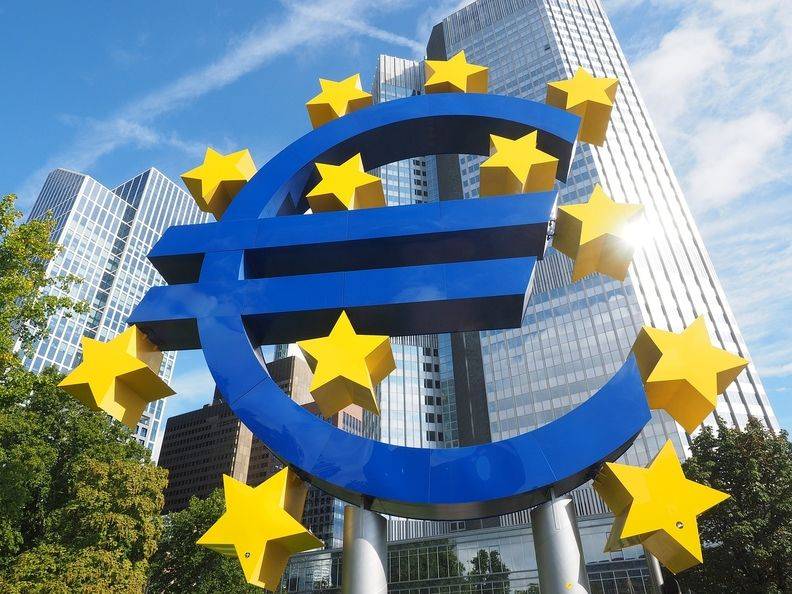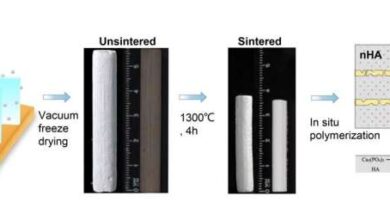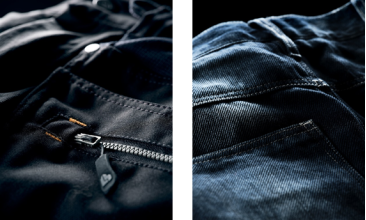Iranpolymer/Baspar The Manufacturing Purchasing Managers Index, or PMI released by S&P Global and Hamburg Commercial Bank (HCOB) is an indicator of the economic situation in the manufacturing sector in the Eurozone. In October 2023, the HCOB Eurozone Manufacturing PMI fell to 43, down from 43.4 in September, the lowest in three months and missing market expectations of 43.7, preliminary estimates showed.
According to Trading Economics, new orders received fell sharply again, dropping at a slightly faster rate than September. Backlogs of orders were consequently depleted and also dropped at a slightly faster rate. Firms reduced employment for a fifth consecutive month and at the sharpest rate since August 2020. On the price front, input prices were down for an eighth consecutive month, although the rate of decline eased for a third month in a row; and average prices charged fell markedly. Looking ahead, confidence about output levels in the year ahead deteriorated.
Trading Economics further reported that the Euro area economy shrank 0.1% on quarter in the three months to September 2023, according to preliminary estimates. This marks the first contraction since the covid-19 pandemic in 2020. Among the bloc’s biggest economies, the GDP shrank in Germany (-0.1%), stalled in Italy and rose modestly in France (0.1%) and Spain (0.3%). Year-on-year, the economy advanced a meagre 0.1%, below forecasts of 0.2%. The ECB expects the Euro Area economy to grow 0.7% only in 2023, as tighter financing conditions and high prices weigh on domestic demand, foreign demand remains subdued and the industrial sector continues to contract, especially in Germany. GDP growth is expected to pick up to 1% in 2024 and 1.5% in 2025.
Research from Rabobank showed that energy prices are another stumbling block presenting considerable risks for the European economy. Even though gas prices are likely to fall as the United States and Qatar increase their LNG export capacity and Europe is increasing its import capacity, the costs for LNG are structurally higher than pipeline gas due to extra costs for liquification, transport and regassification. Moreover, gas prices have increased much less in competitor countries like the US, giving (energy-intensive) US manufacturers a significant competitive edge over their European competitors. Production is sectors including metals and basic chemicals has already plummeted – and without energy prices in Europe coming down significantly (and structurally), some of that production is unlikely to come back.
All this is significantly affecting the European polymer industry. In Germany, in particular, energy intensive manufacturers have been struggling since cheaper Russian gas stopped flowing. This week, Celanese announced it is closing its German nylon unit to ‘optimise’ costs. The company said that polymerization costs at the Uentrop facility are the highest in the Celanese global nylon 6/6 and HPN networks because of energy and raw material costs in the region.
This September, the German government failed to commit to pressure from the chemical industry for a bridge electricity price, which would see German states subsidise industry’s electricity bill for a limited time period. Industry representatives then said that job cuts and plant closures would be forthcoming without help.
At last month’s Fakuma trade show, attendance numbers decrease in comparison to 2018, the last tradeshow not impacted by the Covid-19 pandemic, and were closest to those of 2009, another year when the global economy was also coming out of a sluggish recession.
sustainableplastics







